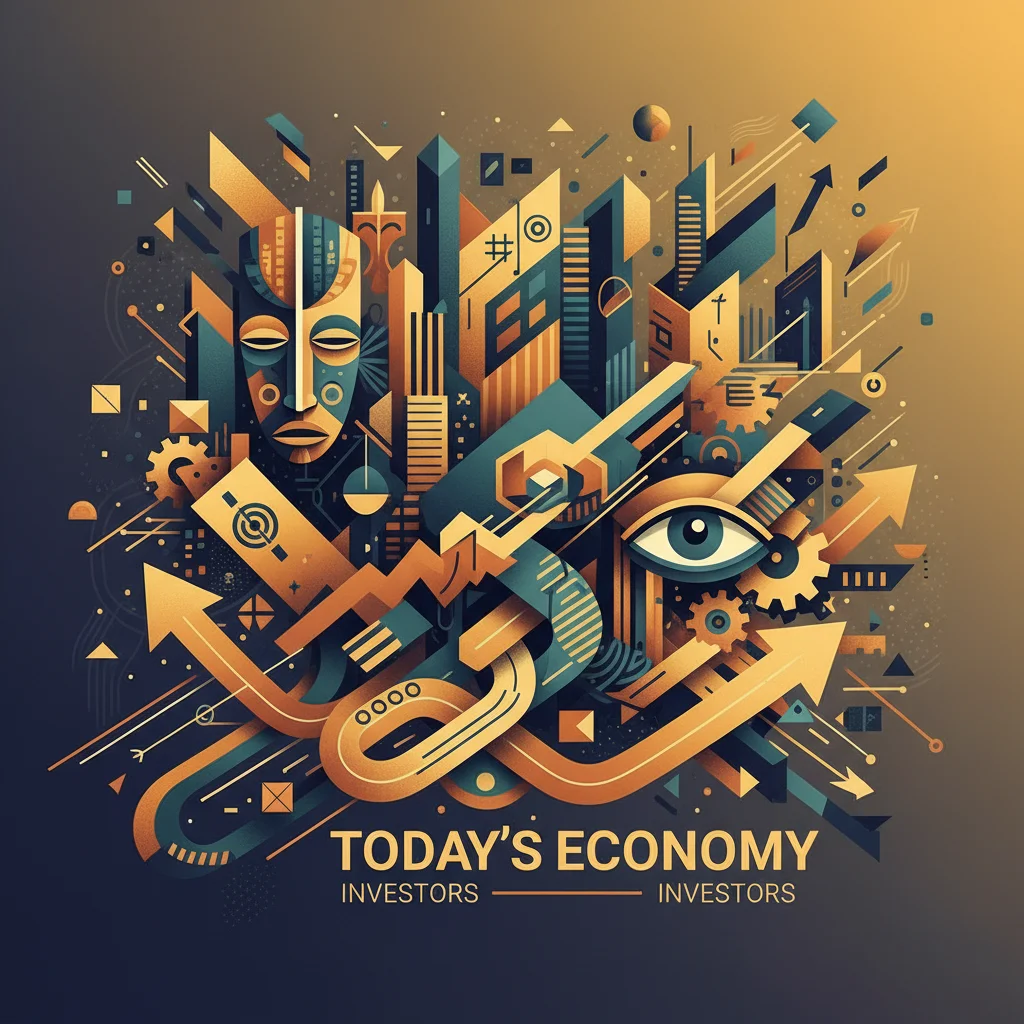
The Art of Disruption: What Nigerian Modernism Teaches Investors About Today’s Economy
In the world of high-stakes finance and rapid-fire trading, it’s easy to focus solely on the numbers—the quarterly earnings, the market fluctuations, the intricate dance of the stock market. We build complex models and leverage cutting-edge financial technology to predict the future. Yet, sometimes, the most profound insights into a nation’s economic trajectory don’t come from a spreadsheet. They come from a canvas.
A groundbreaking exhibition at the Tate Modern, titled “A World in Common: Contemporary African Photography,” builds on the legacy of past explorations into African art, including a revelatory look at Nigerian Modernism. This earlier exhibition, focused on the art created around Nigeria’s independence in 1960, is more than just a retrospective. It’s a vibrant case study in disruption, identity-building, and the birth of a new economy—themes that resonate deeply with today’s investors, fintech innovators, and business leaders.
By examining the story of these artists, we can uncover powerful parallels to the forces shaping emerging markets, the dynamics of technological disruption, and the very nature of value creation in the 21st century. This isn’t just about art history; it’s a lesson in the economics of a nation finding its voice.
A Nation Reborn: The Economic Context of Independence
To understand the art, one must first understand the moment. Nigeria’s independence on October 1, 1960, was not merely a political event; it was a seismic shift in the nation’s economic and psychological landscape. For decades, the colonial structure had dictated the terms of trade, resource extraction, and cultural expression. Independence unleashed a wave of what economists might call “pent-up potential.” It was a period of immense optimism, but also profound uncertainty. The central question was: What does a truly Nigerian identity—and by extension, a Nigerian economy—look like, free from colonial oversight?
This is a scenario familiar to any investor studying emerging markets. The transition from a controlled system to a self-determined one is fraught with both risk and opportunity. New institutions must be built, from a central banking system to a national stock market. A new narrative must be forged to attract foreign investment while fostering domestic growth. The artists of the Nigerian Modernist movement were, in essence, the advance guard of this narrative-building. They were grappling with the challenge of “natural synthesis”—a term coined by the Zaria Art Society—which meant fusing indigenous Nigerian traditions with Western techniques to create something entirely new. This wasn’t just an artistic philosophy; it was a blueprint for a post-colonial economy.
The Zaria Rebels: Silicon Valley Disruptors of Their Day?
At the heart of this movement was a group of art students at the Nigerian College of Arts, Science and Technology in Zaria. Known as the “Zaria Rebels,” this group, which included future luminaries like Uche Okeke and Demas Nwoko, rejected the European-centric curriculum they were taught. They didn’t want to simply replicate Western styles; they wanted to create a new visual language. According to the Financial Times review of a similar exhibition, this period was a celebration of an emerging country and its artists in a “heady period of independence.”
The parallels to the world of fintech and startups are striking. These artists were disruptors. They saw an entrenched, legacy system (colonial art education) that was failing to meet the needs of its users (a newly independent Nigerian people) and decided to build a new one from the ground up. Their “natural synthesis” was an early form of glocalization—thinking globally while acting locally. They took the “technology” of modern art but infused it with the “local data” of Igbo Uli murals, Yoruba sculpture, and Hausa design.
This approach offers a powerful lesson for today’s financial technology sector. The most successful fintech solutions in emerging markets don’t just copy-paste models from Silicon Valley or London. They integrate global technology with a deep understanding of local customs, informal economies, and specific community needs.
To illustrate this parallel, consider the core principles of these two seemingly disparate groups of innovators:
| Principle of the Zaria Rebels | Principle of Modern Fintech Disruptors |
|---|---|
| Challenge the Establishment: Rejecting the colonial curriculum and its artistic dominance. | Challenge Incumbents: Bypassing traditional banking systems with more efficient, user-centric platforms. |
| Natural Synthesis: Fusing indigenous aesthetics with modern techniques. | Glocalization: Adapting global financial technology (e.g., mobile payments) to local market conditions and regulations. |
| Create a New Visual Language: Developing a unique artistic identity for a new nation. | Develop New Financial Protocols: Creating novel systems for lending, trading, and asset management (e.g., DeFi, P2P lending). |
| Focus
|


